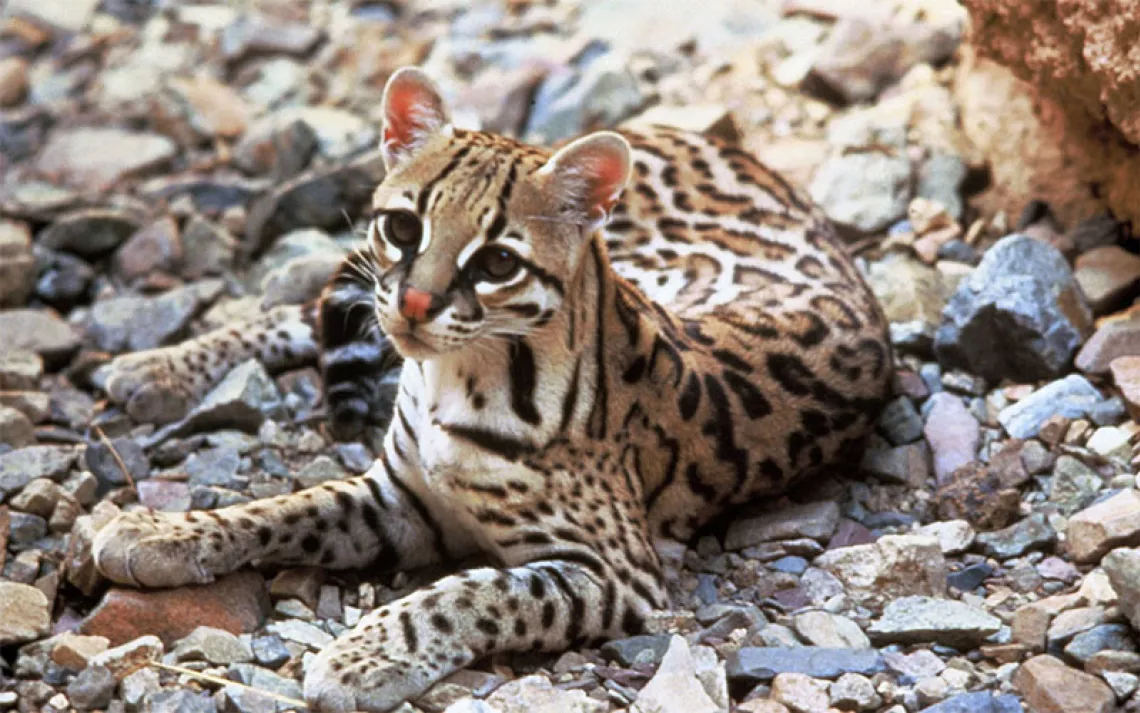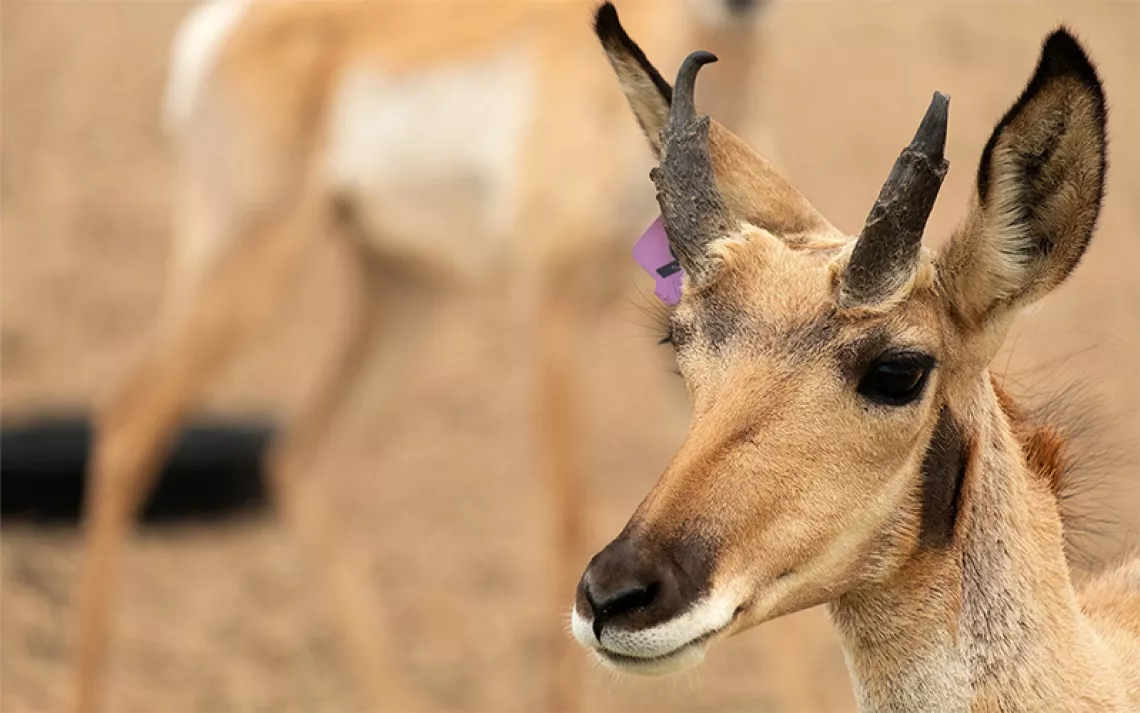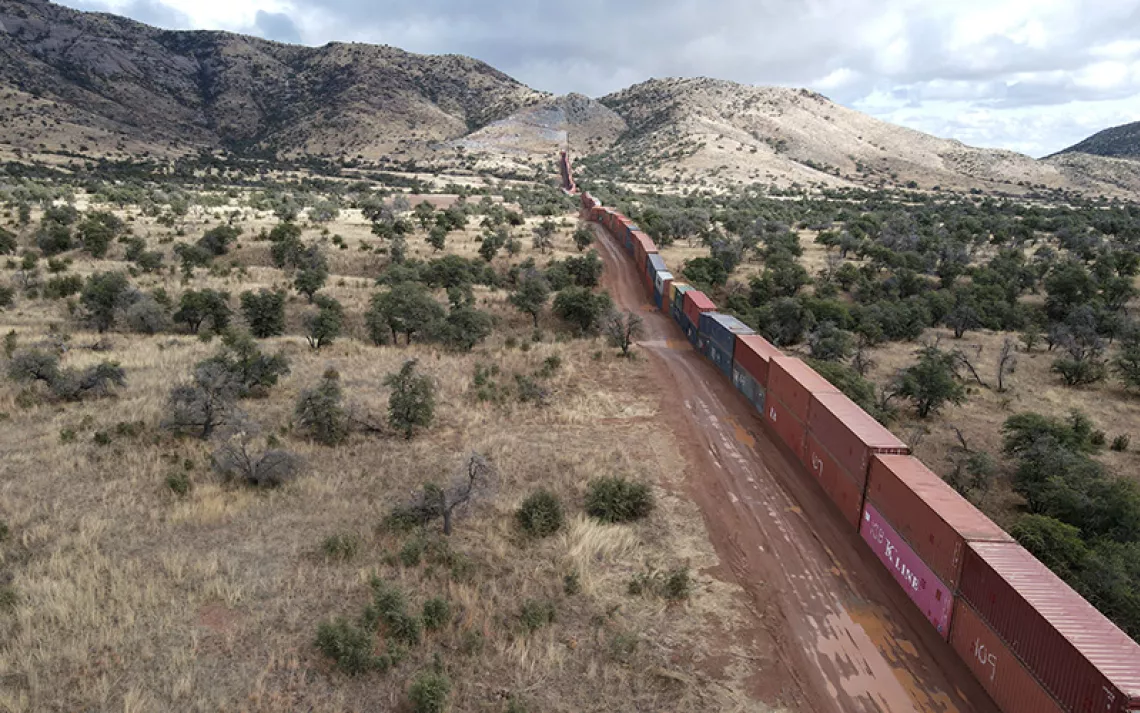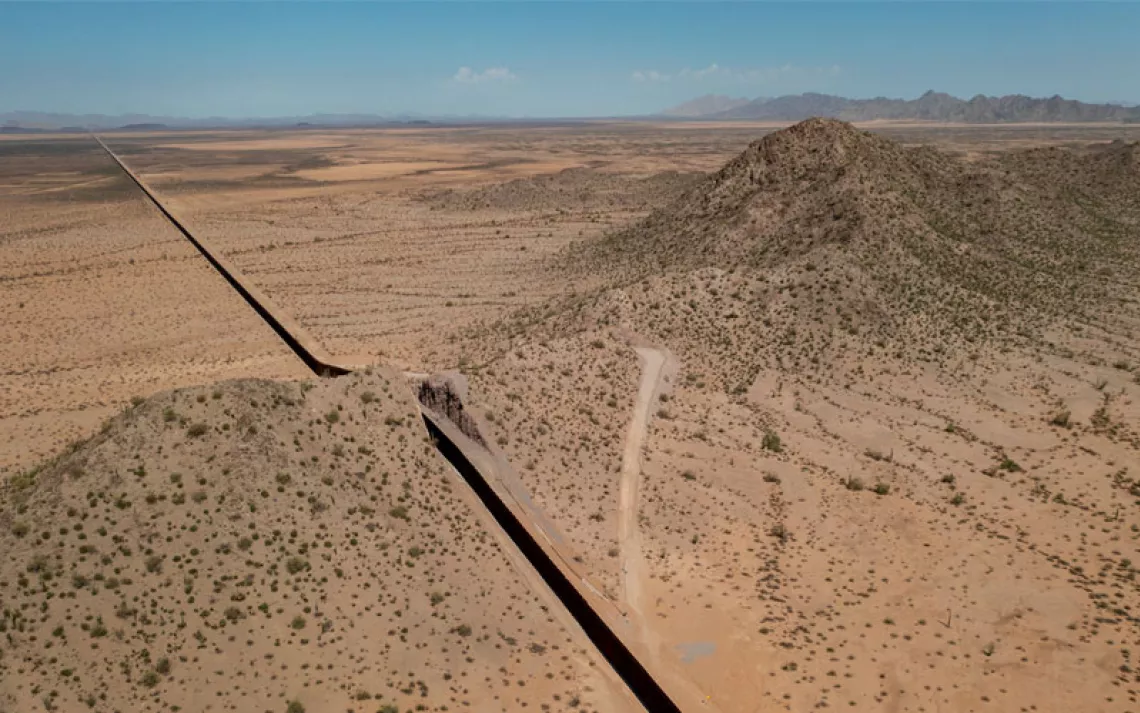Trump’s Wall Will Harm Endangered Species in Texas, Study Says
University of Texas researchers warn about dangers to a wide variety of habitats

Photo by 46travels/iStock
President Trump’s proposed border wall would cause significant damage to many ecosystems in Texas and threaten already endangered plants and animals living near the Rio Grande, said University of Texas, Austin scientists who released a peer-reviewed publication on the wall’s environmental impact this week.
In a literature review published in Frontiers in Ecology and the Environment, UT researchers Tim Keitt and Norma Fowler concluded that if the proposed wall were to be erected, Texas would experience severe environmental impacts. Damages to the Rio Grande Valley (Río Bravo it’s called in Mexico) would also compromise the region’s lucrative ecotourism industry. “Most of what’s been published so far has been focused on Arizona, but with the wall now being built in Texas, it seemed important [to publish this review],” Fowler said.
According to Keitt and Fowler’s research, much of the habitat along the border would suffer from degradation or be completely destroyed by the construction of physical barriers and associated roads. “You can’t put something that’s equivalent to a five-lane road on top of a plant and expect it to live,” Fowler said.
Some well-known megafauna would take a hit if the wall were to be built. One example is the black bears living in and around Big Bend National Park, which are the northern tip of a larger population concentrated in Mexico’s Sierra Madre range. If the wall cuts off Big Bend, the bears there will be isolated until they disappear. The ocelot, a kind of dwarf jaguar common in Central and South America, has a small, remnant population in southern Texas that would also be at risk if the wall were constructed.
Fowler said their research was intended to highlight environmental threats beyond these already-publicized concerns. “We’re trying to broaden the discussion from just the mammals, namely cute furry animals, to recognize and consider the damage the barrier will do to all animals and plants,” Fowler said.
One of the ecosystems the scientists are concerned about is the Tamaulipan thornscrub, located on the higher ground that runs along the Rio Grande. It used to be commonly found in South Texas, but is decreasing in size as cities and farms take over the area.
Fowler’s likes to point to the endangered wildflower Zapata bladderpod (Physaria thamnophila) that grows in a select few sites in South Texas. “Most people will just step on them...but I think these little plants are totally cool. If we’re going to preserve biodiversity, the conversation has to be more than just the terminally cute ocelots,” Fowler said. The Zapata bladderpod grows right where the wall could be built, uphill from the Rio Grande.
If engineers building the wall were to find the soil too crumbly and decide to move the wall further inland, they would create a stretch of no-man’s land between the river and the wall. Some species would struggle in such isolation.
According to data Fowler collected from a Department of Homeland Security document, the wall and roads combined would have a total width of 12 to 20 meters, which is about the width of four to five highway lanes. For every kilometer of wall, some 12 to 20 hectares of land could be destroyed. And that doesn’t include the construction sites and additional new roads that will lead up to the wall.
“As far as I know, everything I’d said is accurate,” Fowler said. “And I wish it wasn’t.”
 The Magazine of The Sierra Club
The Magazine of The Sierra Club



